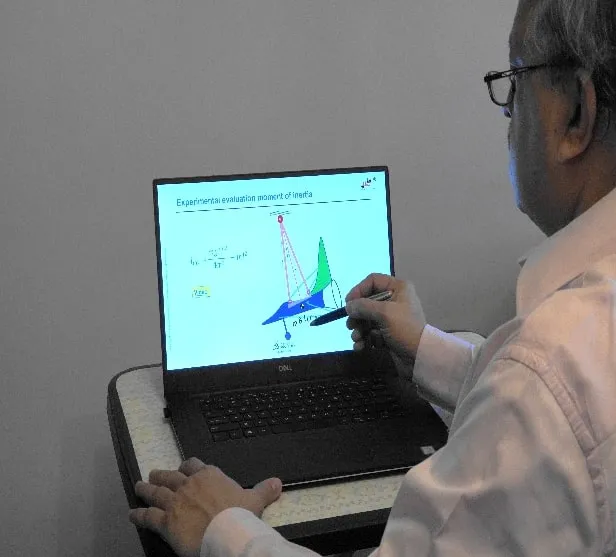Low frequency NVH fundamentals and industrial applications
Session by Dr. Mohan Godse as part of Webinar Series “To Guide Engineering Students to select meaningful projects”
Dr. Mohan Godse delivered an excellent and very informative session on “Low Frequency NVH fundamentals and industrial applications” as part of the webinar series launched by La Fondation Dassault Systemes.
Dr. Mohan Godse, is a Founder of U 2 I Consultancy and is a former EVP, M/s Endurance Technologies Ltd. He has total 26 years of experience in Design & Development of body structure, chassis tooling, seating system, and allow wheels. He has published technical papers on NVH and multifunctional Optimization in international journals.
The interaction of knowledge and skills with experience is key to learning
Above quote is the correct way to explain the session conducted by Dr.Mohan Godse. In this session, Dr. Mohan Godse not only covered fundamentals of Noise, Vibration and Harshness but also shared many industrial examples to understand these concepts in a very lucid way.
The session started with basic vehicle attributes to understand the factors which influence design of a complete vehicle. Then Dr Godse explained the participants the meaning of NVH and how low frequency NVH problems are addressed in the industry. He also helped the audience to understand how NVH problems are classified and categorized.
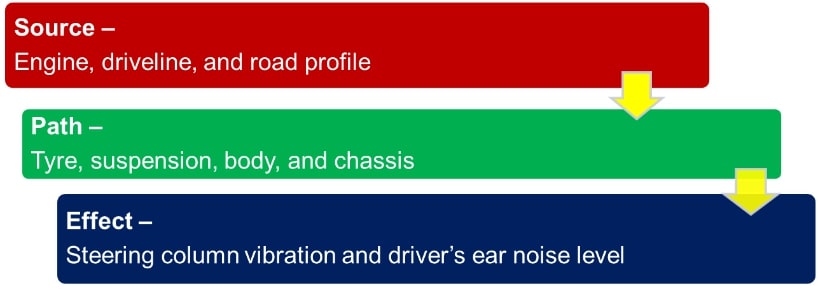
Dr. Godse focused on low frequency NVH problems (0-150 Hz) and explored different industrial applications of NVH. In the first case study, Dr Godse explained how SHM (Simple Harmonic Motion) principle can be utilized to calculate Mass Moment of Inertia. He also shared some real world problem of passenger jet airplane with students to think and understand the importance of NVH in design.
Dr. Mohan Godse taking the session for Students and professors
In yet another case study, he explained with illustrative simulations about the effect of vehicle speed while driving over the speed breaker. Simulation for this case study really amazed the audience to understand how damper and relation between suspension frequency & input road frequency play a critical role to control vibrations.
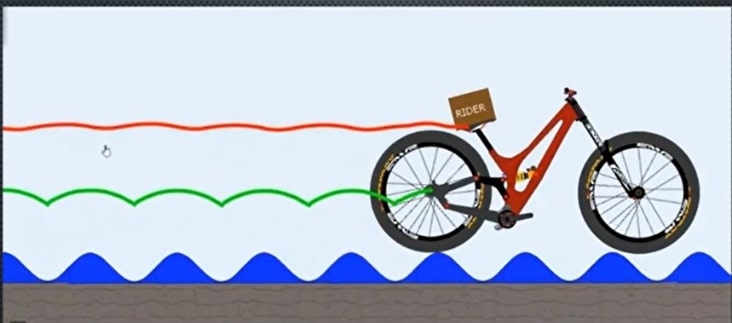
With this case study, Dr Godse stressed on combining technology with experimental world to seek practical solutions for design.
In a case study from Civil Engineering domain he explained how knowledge of vibration helps in ensuring high-rise buildings are protected against seismic vibrations during Earthquakes. Normally in high-rise buildings, there is anticipated sway period, i.e., the time required for free end of building to sway from one end to other end during maximum vibrations. For Taipei 101 building located in Taiwan, the sway period is 7 Sec. To reduce the amplitude of the vibration corresponding this natural frequency, engineers used Tuned Mass Damper of around 760 Tonnes weight which ensures less vibration of building during the earthquake or any other natural disasters.
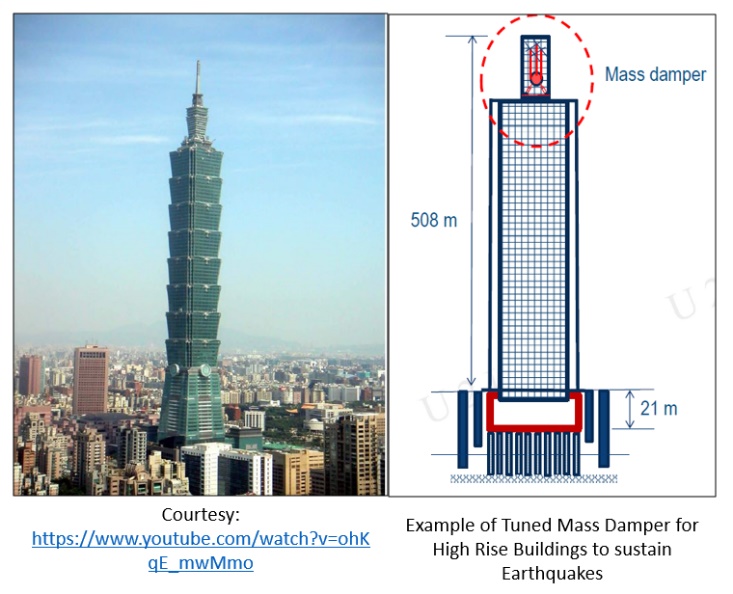
Also apart from NVH problems, Dr Godse also explained how Vibrations utilized for fatigue testing as well. This case study was mainly an application of vibration to perform fatigue testing of front forks of 2 wheeler.
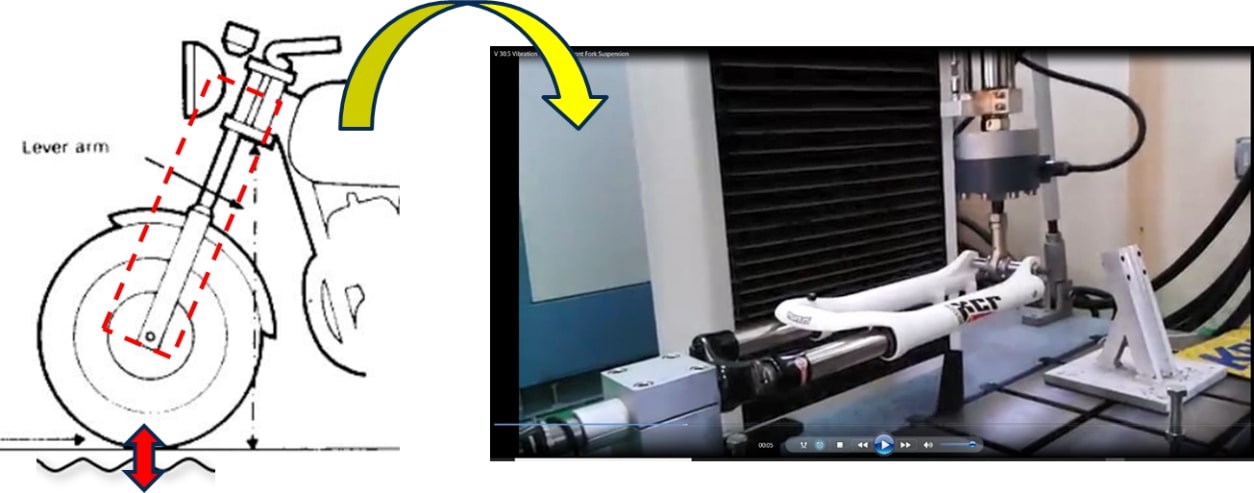
In the last case study, Dr Godse helped students to understand response surface based multifunctional optimization and different optimization technologies used in Industry. He also explained importance of Design Sensitivity Analysis (DSA) which relates the change in responses to the change in design variables to support the optimization process. He also suggested importance of Design of Experiment (DOE), which is used in industry to optimize the design of vehicles.
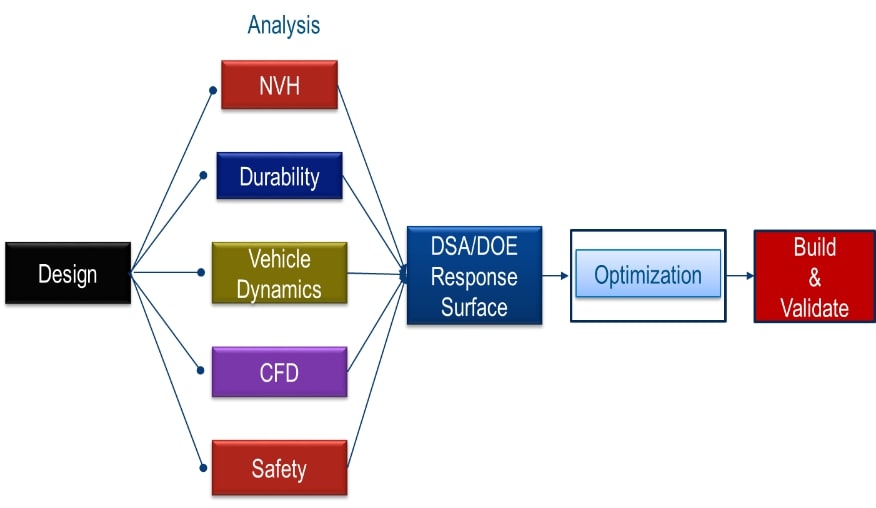
At the end of the session, Dr Godse emphasized on “Learn How to Learn and Learn from the Best”. He guided students and professors about path of acquiring knowledge and skills of NVH.
He also shared some good references and projects students can consider in this domain.
Over the session, Dr Godse cited a quote about importance of knowledge and experience –
पुस्तकस्था तु या विद्या परहस्तगतं धनं।
कार्यकाले समुत्पन्ने न सा विद्या न तद् धनं॥
Meaning – Bookish knowledge and wealth which belongs to someone else, will not be useful in critical times. The knowledge should be hands-on and must be applied in the real world. You have to build your knowledge through real world experiences and experimentation.
We sincerely thank Dr. Mohan Godse for his wonderful session on this topic and making it so simple to understand and very interesting with practical case studies from various domains with illustrative examples, images and interesting videos.
